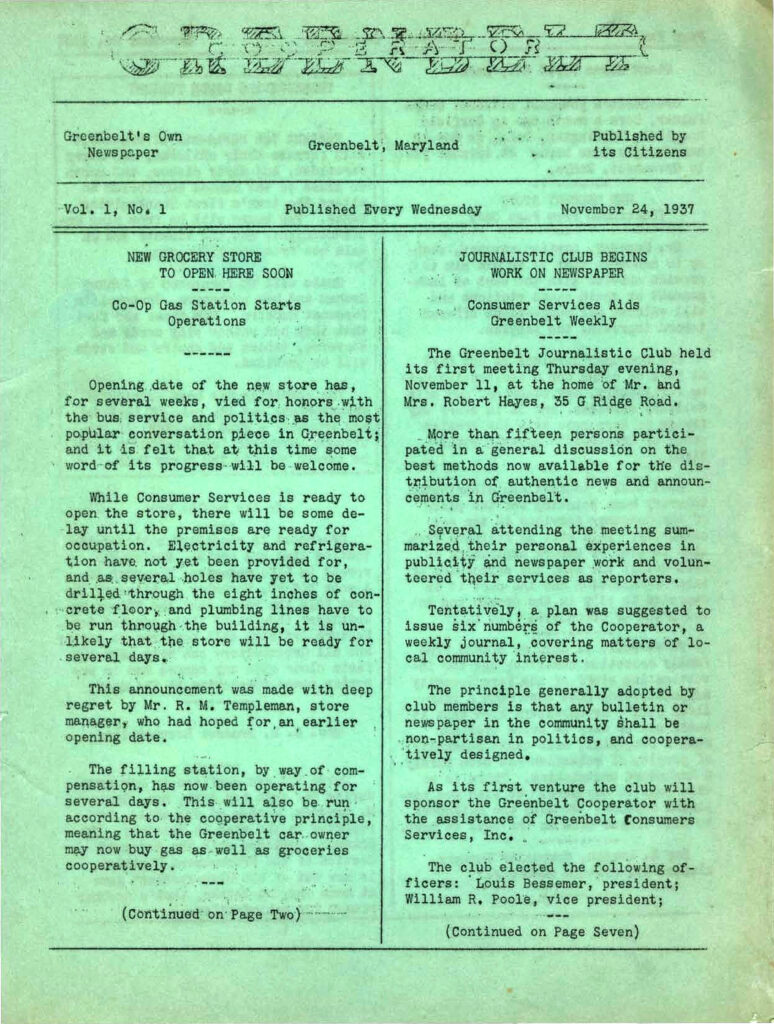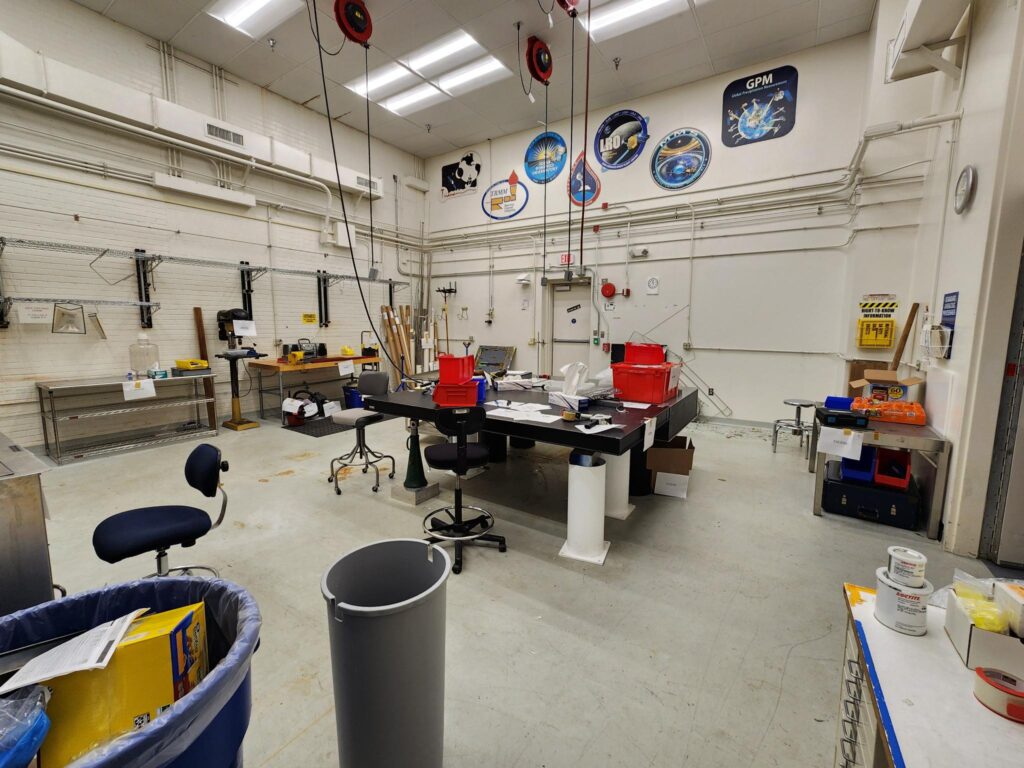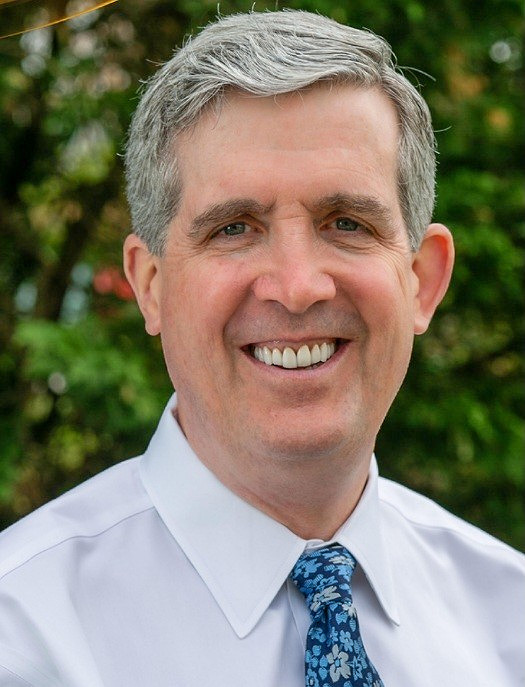A group of about 30 people from around Greenbelt met at Springhill Lake Recreation Center on Sunday, May 26 to talk about “working for a connected and equitable Greenbelt.”
Tyra Smith, Diversity, Equity and Inclusion (DEI) officer for the City of Greenbelt, presented information about the city’s DEI audit process. For Phase 1, the internal audit, city employees filled out anonymous surveys, and the results are available on the city website at greenbeltmd.gov/government/diversity-equity-and-inclusion. Smith conveyed that employees are happy and grateful that this process is bringing their experiences to light; she said they are eager to get involved and hopeful to see change.
Phase 2, the community phase of the audit, will start in August, and will provide a fuller picture of how Greenbelt can move forward to reach DEI goals. Smith also encouraged Greenbelt residents to take a pre-process survey that will help shape how Phase 2 data gathering will occur, including finding convenient times and locations for town halls, focus groups and interviews. The pre-process survey can be found at forms.office.com/r/eWt3XN0LDZ, or contact Smith directly at 240-542-2034 or tsmith@greenbeltmd.gov.
The goal for Phase 2 of the DEI survey, Smith reiterated, is “going to locations where people go, literally anywhere across the city, making sure we are trying to engage and set aside time in all our busy lives.” More ways to reach more people across Greenbelt are the logistical concerns the pre-survey will try to unearth.
Bob Rand, of the Greenbelt Racial Equity Alliance, spoke about tracking the progress of racial equity in Greenbelt. In 1970, Greenbelt was almost all white; in 2000, the demographics were about equal; Greenbelt is now 75 percent Black. A quantitative analysis shows gaps and disparities between how whites accumulated wealth while Blacks were prevented from doing so (for example, through homeownership). But a qualitative approach asks the question: How do people affected by racism feel about their lives and experiences? Rand’s review of this year’s city budget shows more references to diversity, equity and inclusion than in previous years.
Audience members were interested in both quantitative and qualitative assessments of racial progress in Greenbelt. Many speakers noted that more programs are offered in some areas of Greenbelt than in others. One person stated, “There is not enough understanding that Greenbelt was built with an idealistic view that was not accessible to people of color.” Another participant said, “If one person is oppressed, we should feel compelled to alleviate that oppression. We need to share amenities. We definitely need more transit. And we want to foster a physical and an emotional connection between our neighborhoods.”
One thing that has improved is diversity on the city council, not just racially, but in terms of where councilmembers live around Greenbelt. Councilmember Kristen Weaver, who lives in Greenbelt Station, pointed out that every resident should feel empowered to contact council members by emailing council@greenbeltmd.gov.
The members of various groups shared many things that need work around Greenbelt, but also focused on positive achievements. The Greenbelt Lions are involved at Greenbelt Middle School in a program called Art for Peace. Eleanor Roosevelt High School students are starting a mentorship program with Greenbelt Middle School students. Other successes are the CHEARS gardens located in Franklin Park, Schrom Hills and Old Greenbelt and celebration of the Green Man Festival around the city. The Greenbelt Interfaith Leadership Alliance completed a well-regarded 11-week discussion series called Sacred Ground, discussing race and racism. A second city shuttle bus is in the works, and more initiatives are to come.




